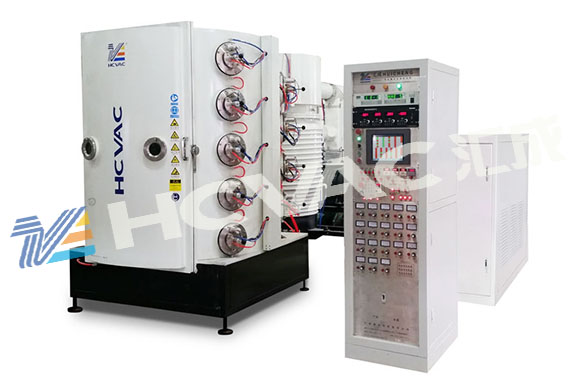In order to successfully achieve process automation, the most important thing for pvd coating machine is to ensure that the valve itself can meet the special requirements of the process and the medium inside the pipeline. Usually, the production process and process medium can determine the type of valve, the type of valve core, and the structure and materials of valve trim and valve.

After selecting the valve of the pvd coating machine, the next step is to consider the requirements of automation, that is, the selection of the actuator. You can simply consider the actuator based on two basic types of valve operation.
1. Rotary valve (single rotary valve)
This type of valve includes: plug valve, ball valve, butterfly valve, and damper or baffle. This type of valve requires an actuator with the required torque for 90 degree rotation operation
2. Multi turn valve
This type of valve can be a non rotating lifting stem or a rotating non lifting stem, or they require multiple turns to drive the valve to the open or closed position. This type of valve includes: through valve (globe valve), gate valve, knife gate valve, etc. As an option, pneumatic or hydraulic cylinders or diaphragm actuators with linear output can also drive the aforementioned valves.
There are currently four types of actuators that can use different driving energy sources and operate valves of various types of
pvd coating machine.
1. Electric multi turn actuator
Electric driven multi turn actuators are one of the most commonly used and reliable types of actuators. Use single-phase or three-phase motor to drive gear or worm gear and finally drive the valve stem nut. The valve stem nut makes the valve stem move to open or close the valve.
2. Electric single rotary actuator
This type of actuator is similar to an electric multi turn actuator, with the main difference being that the final output of the actuator is a motion of 1/4 turn to 90 degrees. The new generation of electric single turn actuators combines the complex functions of most multi turn actuators, such as parameter setting and diagnostic functions using a non entry user-friendly operating interface.
3. Fluid driven multi rotary or linear output actuator
This type of actuator is often used to operate through valves (globe valves) and gate valves, which use pneumatic or hydraulic operation methods. Simple structure, reliable operation, and easy to achieve fault safe operation mode.
4. Fluid driven single rotary actuator
Pneumatic and hydraulic single rotation actuators are very versatile, they do not require power and have a simple structure and reliable performance. They are widely used in various fields. Usually, the output ranges from a few kilograms per meter to tens of thousands of kilograms per meter. They use cylinders and transmission devices to convert linear motion into right angle output. The transmission devices usually include forks, gears and racks, and levers.



